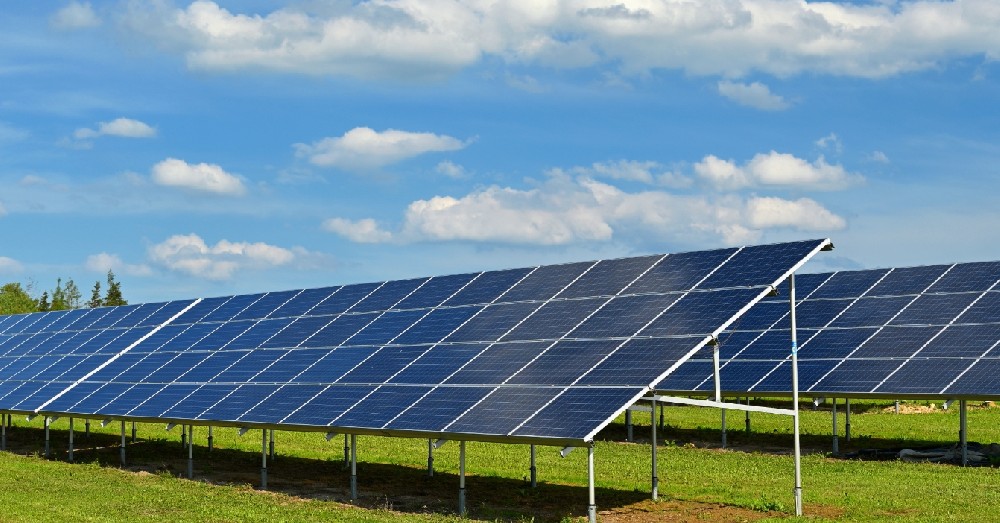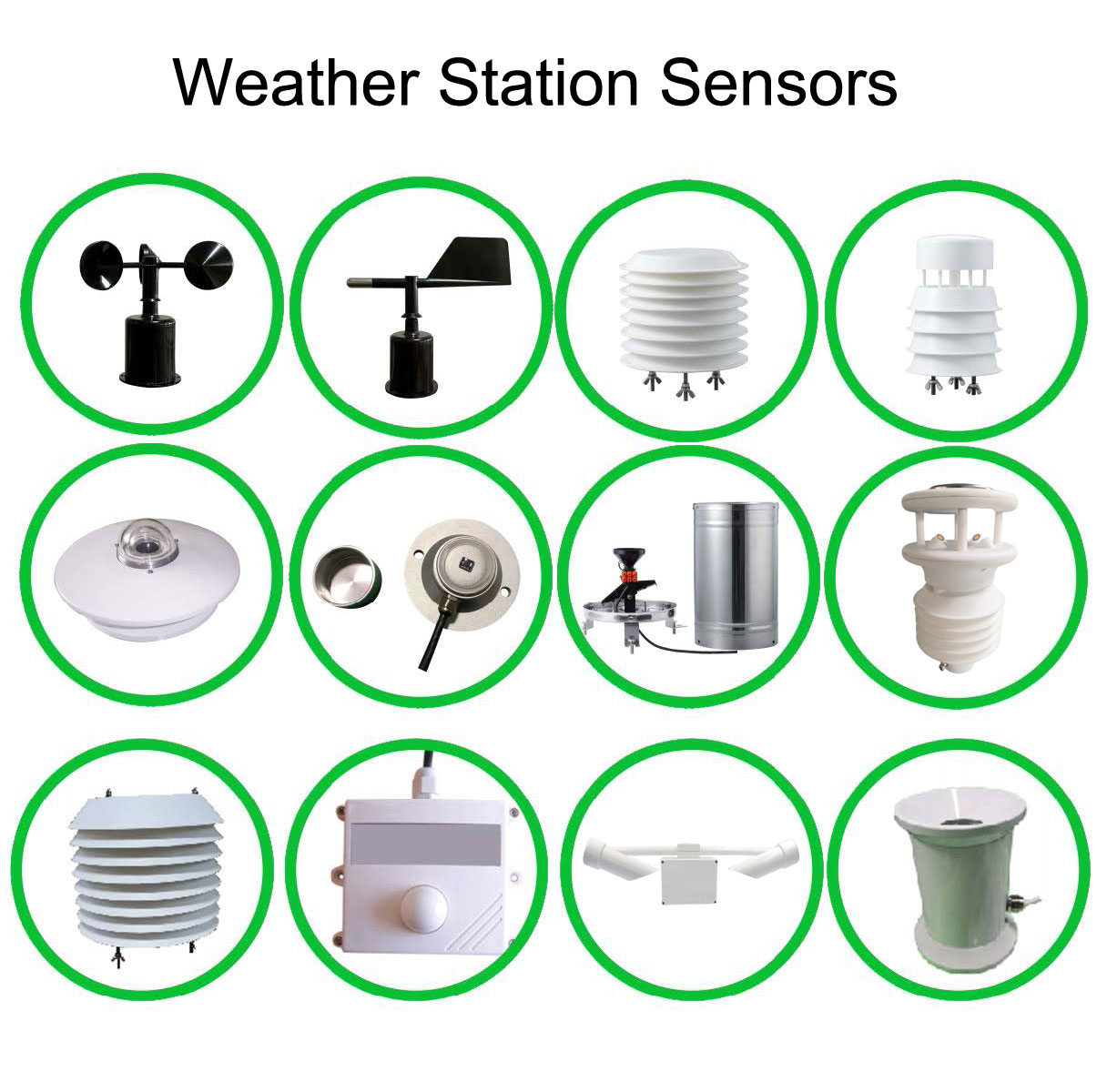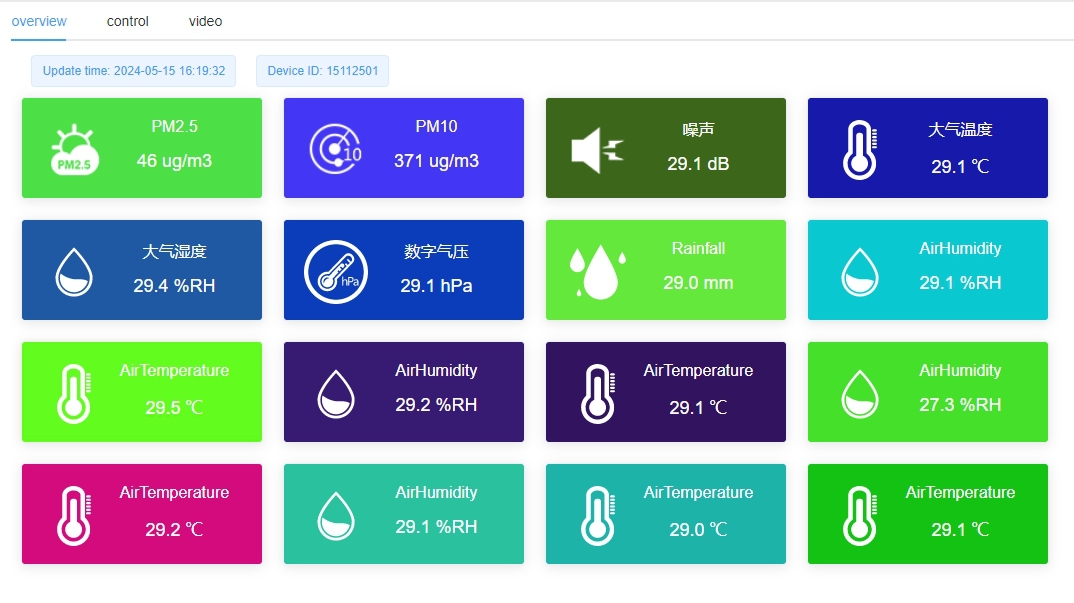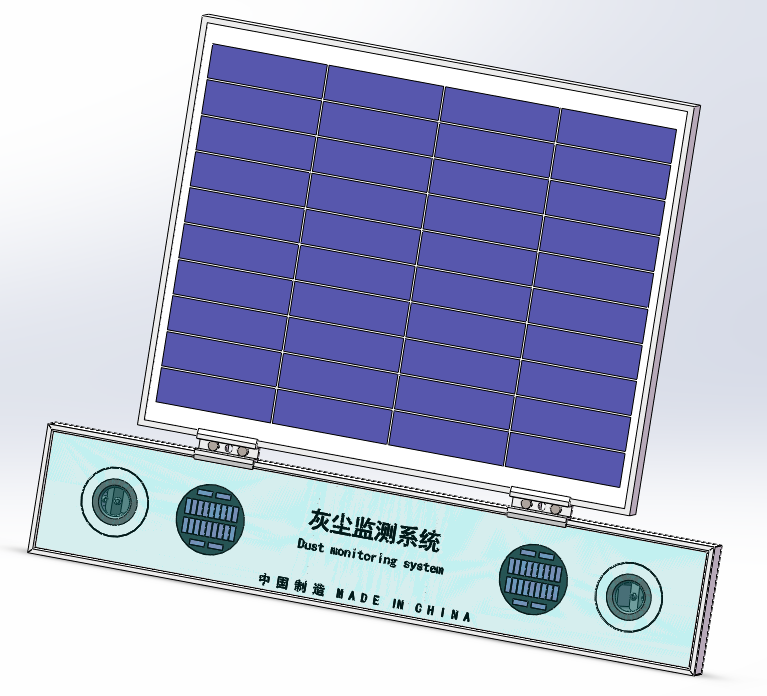

— Blogs —
—Products—
 Consumer hotline +8618073152920
Consumer hotline +8618073152920 WhatsApp:+8615367865107
Address:Room 102, District D, Houhu Industrial Park, Yuelu District, Changsha City, Hunan Province, China
Product knowledge
Time:2025-11-02 15:22:00 Popularity:243
With the rapid growth of smart agriculture, solar energy, and industrial automation, environmental data has become the foundation for intelligent decision-making:
Solar Power Plants: Airborne dust, sandstorms, and pollution can reduce module efficiency by 5%–30% or more. Traditional fixed cleaning schedules waste both water and labor.
Precision Agriculture: Inaccurate soil moisture, temperature, and nutrient data can cause 10%–30% water and fertilizer loss, lowering crop yields.
Industrial and Urban Monitoring: Delayed air and water quality data can lead to compliance risks and reduced operational efficiency.
Niubol’s environmental sensors and Dust IQ photovoltaic soiling monitoring system provide real-time data, smart alerts, and cloud analytics—empowering decision-makers with actionable, measurable improvements.

Sensors and Probes: Measure temperature, humidity, soil moisture, air quality, CO₂, PM2.5, solar radiation, rainfall, etc.
Data Logger / Collector: Aggregates data from multiple sensors and supports flexible sampling frequencies.
Communication Modules: RS485, 4G, LoRa, Wi-Fi for real-time remote data transmission.
Cloud Platform & Software: Provides visualization, historical trend analysis, threshold alarms, and reporting.
Power Supply: Solar or DC power, suitable for remote or unattended operation.
Together, these components enable Niubol systems to support agriculture, solar energy, power, industrial, and research projects with continuous monitoring and smart management.

Monitor: Temperature, humidity, rainfall, air pressure, wind speed, solar radiation
Applications: Greenhouse management, solar farm monitoring, wind power, climate research
Value: Guides irrigation scheduling, PV layout optimization, long-term climate analysis
Monitor: CO₂, NO₂, SO₂, O₃, PM2.5 / PM10
Applications: Industrial emission control, smart city networks, indoor air health
Value: Reduces pollution risk, ensures compliance, protects health
Monitor: pH, turbidity, dissolved oxygen, conductivity, water temperature
Applications: Irrigation water management, aquaculture, industrial wastewater monitoring
Value: Ensures water safety and improves irrigation efficiency
Monitor: Moisture, temperature, salinity (EC), pH
Applications: Smart irrigation, fertilizer optimization, soil health
Value: Increases yield, reduces resource waste, enables closed-loop agriculture
Monitor: Airborne dust accumulation, solar irradiance
Applications: PV efficiency analysis, outdoor research projects
Value: Guides cleaning schedules and improves power generation
Niubol offers industrial-grade sensors with high precision, long-term stability, and outdoor durability.
High Accuracy & Stability: Temperature ±0.2°C, Humidity ±2%RH
Wide Environmental Tolerance: -40°C~+85°C, IP65–IP68 protection
Smart Communication: RS485, Modbus RTU, LoRa, NB-IoT, Wi-Fi
Low Power & Solar Compatible: Ideal for remote deployments
Traceable Calibration: ISO / national standard compliance

Product Overview
Dust and dirt accumulation on solar panels significantly reduce power generation efficiency.
Niubol Dust IQ uses blue-light soiling ratio measurement technology, easily installed on new or existing PV arrays and integrated into power plant management systems.
Working Principle: Dual sensors measure the Soiling Ratio (SR) — quantifying the reduction in irradiance and calculating energy loss in real time.
Maintenance: No additional maintenance required; simply clean during regular panel washing.
| Parameter | Specification |
| Power Supply | DC 12V |
| Output Signal | RS485 |
| Protocol | MODBUS standard |
| Baud Rate | 9600 bps |
| Power Consumption | 1W |
| Soiling Ratio Range | 50–100% |
| Soiling Accuracy | ±1% (90–100%), ±3% (80–90%), ±5% (50–80%) |
| Optional Temperature Range | -50℃~+100℃ |
| Temperature Accuracy | ±0.5℃ @25℃ |
Real-time data-driven cleaning decisions—saving water, electricity, and labor
Maximized energy yield and system uptime
Predictive maintenance through trend analysis
Seamless integration with Niubol Cloud, SCADA, and data loggers

Solar Farms: Install Dust IQ at representative positions; spacing depends on terrain, module type, and system capacity
Agriculture & Research: Soil sensor height 10–30 cm; weather sensors placed in open areas
Industrial & Urban: Air quality sensors near emission points or central community locations
Maintenance: Clean Dust IQ every 1–2 months or when visible soiling appears; recalibrate environmental sensors periodically (12–24 months).
Power Supply: Use solar + battery for remote areas; 12–24V DC for industrial sites.
Communication: Choose RS485, LoRa, or 4G/5G based on network conditions.
Software: Niubol Cloud provides dashboards, trend analysis, alarms, and reports.
| Module | Function |
| Niubol Environmental Sensors | Measures temperature, humidity, radiation, rainfall, etc. |
| Dust IQ Soiling Sensor | Real-time soiling monitoring of PV modules |
| Data Logger / IoT Gateway | Collects and uploads sensor data |
| Cloud / SCADA Platform | Visualization, alarms, and analytics |
| Controller / Actuator | Controls irrigation, ventilation, and PV cleaning systems |
Modular design supports scalability from small farms to large solar plants.

A: Temperature ±0.2°C, humidity ±2%RH, Dust IQ ±1–5% soiling ratio accuracy.
A: Yes, IP65–IP68 rated, resistant to rain, dust, and extreme conditions.
A: Fully compatible with Modbus RTU, RS485, LoRa, and SCADA/PLC systems.
A: Clean every 1–2 months; recalibrate every 12–24 months as needed.
A: Typically, one Dust IQ per 2–5 MW in solar farms; other applications vary by coverage and accuracy needs.

Comprehensive Product Range: From single sensors to full monitoring systems
Modular & Customizable: OEM/ODM support for diverse project needs
Industrial Reliability: Works in hot, humid, dusty, or corrosive conditions
Smart IoT Integration: Cloud visualization, alarms, and control linkage
Global Success Stories: Solar farms, smart agriculture, industrial parks, and research institutions
Technical Support: Global training, remote diagnostics, calibration services
Niubol delivers not just data—but intelligence for smarter decisions and efficient operations.
Boost your project’s efficiency and decision-making today!
With Niubol high-precision environmental sensors and Dust IQ photovoltaic soiling monitoring, you can achieve:
Data-driven irrigation and fertilization
Optimized solar generation and reduced cleaning costs
Safer and more compliant industrial and urban environments
Email: sales@niubol.com
Website: www.niubol.com

Environmental data and soiling monitoring are now central to modern agriculture, industry, and energy management.
Through high-precision sensors, real-time data collection, intelligent communication, and cloud analytics, Niubol enables:
Smart, visualized monitoring
Data-driven operational decisions
Reduced energy and maintenance costs
Increased yield, efficiency, and long-term ROI
From solar power plants and greenhouses to industrial zones and research institutions, the Niubol ecosystem transforms isolated devices into a unified intelligent monitoring network — delivering accurate, reliable, and sustainable solutions for the future.
Prev:Photovoltaic Environment Monitoring Station — Pricing and Selection Guide
Next:Niubol High-Precision Environmental Sensors and Monitoring Devices
Related recommendations
Sensors & Weather Stations Catalog
Agriculture Sensors and Weather Stations Catalog-NiuBoL.pdf
Weather Stations Catalog-NiuBoL.pdf
Related products
 Combined air temperature and relative humidity sensor
Combined air temperature and relative humidity sensor Soil Moisture Temperature sensor for irrigation
Soil Moisture Temperature sensor for irrigation Soil pH sensor RS485 soil Testing instrument soil ph meter for agriculture
Soil pH sensor RS485 soil Testing instrument soil ph meter for agriculture Wind Speed sensor Output Modbus/RS485/Analog/0-5V/4-20mA
Wind Speed sensor Output Modbus/RS485/Analog/0-5V/4-20mA Tipping bucket rain gauge for weather monitoring auto rainfall sensor RS485/Outdoor/stainless steel
Tipping bucket rain gauge for weather monitoring auto rainfall sensor RS485/Outdoor/stainless steel Pyranometer Solar Radiation Sensor 4-20mA/RS485
Pyranometer Solar Radiation Sensor 4-20mA/RS485
Screenshot, WhatsApp to identify the QR code
WhatsApp number:+8615367865107
(Click on WhatsApp to copy and add friends)
